“ABB 133712-001 – Spare parts in stock” has been added to your cart. View cart
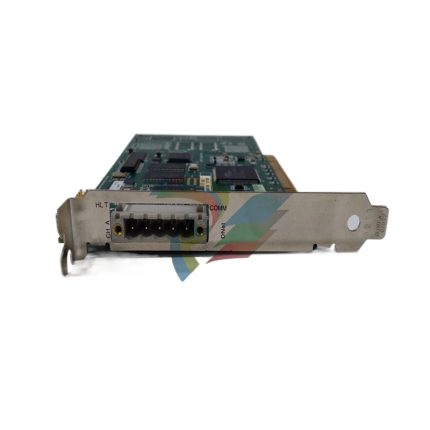
ABB CI543 communication interface
$5,943.00 Original price was: $5,943.00.$5,583.00Current price is: $5,583.00.个

ABB 129740-002 134177-001 Intelligent I/O Module
$8,674.00 Original price was: $8,674.00.$8,058.00Current price is: $8,058.00.个
ABB GFD233A103 3BH02294R0103 Controller
$4,833.00 Original price was: $4,833.00.$3,273.00Current price is: $3,273.00.个
ABB GFD233A103 (order number 3BH022294R0103) is a high-performance industrial grade controller belonging to ABB’s automation control product system, designed specifically for the core control requirements of industrial automation systems. This controller integrates advanced processing units, rich interface resources, and reliable control algorithms, with powerful data processing capabilities, flexible expansion characteristics, and excellent anti-interference performance. It can achieve precise control, logical judgment, and data exchange of complex industrial processes. It is the core control equipment in automation systems in fields such as power, metallurgy, chemical engineering, and intelligent manufacturing, providing solid guarantees for the stability, safety, and efficiency of production processes.
Category: ABB
Tag: GFD233A103 3BH02294R0103
Description
ABB GFD233A103 3BH02294R0103 Controller
Controller Overview
ABB GFD233A103 (order number 3BH022294R0103) is a high-performance industrial grade controller belonging to ABB’s automation control product system, designed specifically for the core control requirements of industrial automation systems. This controller integrates advanced processing units, rich interface resources, and reliable control algorithms, with powerful data processing capabilities, flexible expansion characteristics, and excellent anti-interference performance. It can achieve precise control, logical judgment, and data exchange of complex industrial processes. It is the core control equipment in automation systems in fields such as power, metallurgy, chemical engineering, and intelligent manufacturing, providing solid guarantees for the stability, safety, and efficiency of production processes.
Core functional characteristics
2.1 Powerful computing and control capabilities
-High performance processing core: equipped with multi-core industrial grade microprocessors with high clock speed and fast computing speed, capable of processing complex logic for multiple tasks simultaneously, supporting millisecond level real-time control response, meeting the control requirements of high-speed industrial production processes, such as precise synchronization control of continuous production lines, equipment linkage logic execution, etc.
-Rich control algorithm support: Built in PID (proportional integral derivative) control, fuzzy control, adaptive control and other classic and advanced control algorithms can be flexibly configured according to different industrial scenarios (such as temperature, pressure, flow rate, liquid level and other process controls), achieving precise adjustment of controlled parameters, reducing steady-state errors, and improving the system’s anti-interference ability.
-Large capacity storage and logging: Equipped with large capacity Flash memory and RAM, it can store massive user programs, configuration parameters, and operation logs. It supports long-term recording of key production data (such as control variables, equipment status, fault information, etc.), with a customizable recording cycle, providing data support for production traceability, fault analysis, and system optimization.
2.2 Flexible communication and expansion capabilities
-Multi protocol communication compatibility: integrates multiple industrial standard communication interfaces, supports mainstream industrial communication protocols such as PROFINET, EtherNet/IP, Modbus TCP, MPI, etc., and can seamlessly interact with on-site I/O modules, sensors, actuators, human-machine interfaces (HMI), upper monitoring systems, and other controllers to build distributed control systems (DCS) or programmable logic controller (PLC) control systems.
-Modular Expansion Design: Adopting a modular structure, it supports the connection of different types of functional modules through expansion slots, such as analog I/O modules, digital I/O modules, dedicated communication modules, positioning control modules, etc. It can flexibly configure the system scale according to actual control needs, reduce initial investment costs, and have good capacity for later expansion.
-Remote communication and monitoring: Supports remote communication function, which can realize remote configuration, parameter modification, program download, and operation status monitoring of the controller through industrial Ethernet or dedicated communication network. It is convenient for operation and maintenance personnel to manage on-site equipment in the central control room or remote terminal, reducing the workload of on-site inspections.
2.3 High reliability and security guarantee
-Industrial grade environmental adaptability: Adopting a wide temperature design, it supports an extreme working temperature range of -25 ℃~70 ℃ and has excellent electromagnetic interference (EMC) resistance. It complies with industrial electromagnetic compatibility standards such as IEC 61000-6-2 and IEC 61000-6-4, and can adapt to harsh industrial site environments such as dust, vibration, and humidity changes, ensuring stable equipment operation.
-Complete self diagnosis and fault tolerance function: equipped with a comprehensive self diagnosis mechanism, it can monitor the hardware status of the controller itself (such as power supply, processor, memory, communication interface) and the status of connected devices (such as I/O module failure, communication interruption) in real time, trigger alarms and record fault information in a timely manner after discovering faults; Some key circuits adopt redundant design, support automatic fault switching, and enhance the system’s fault tolerance capability.
-Safety control features: Supports safety related control functions, complies with SIL (Safety Integrity Level) standards (specific levels need to refer to official data), can achieve safety control logic such as emergency stop and safety interlock, effectively avoiding safety accidents caused by equipment failures or operational errors, and ensuring the safety of personnel and equipment.
2.4 Convenient Configuration and Maintenance
-Friendly configuration environment: Supports graphical programming through ABB dedicated configuration software (such as Control Builder Plus, TIA Portal, etc., subject to official recommendations), compatible with multiple programming languages such as ladder diagram (LD), functional block diagram (FBD), structured text (ST), etc., making it easy for engineers to quickly complete program development and debugging according to their habits.
-Intuitive status feedback and debugging tool: The controller panel is equipped with rich status indicator lights (power, operation, fault, communication, etc.), which can provide intuitive feedback on the device’s operating status; Support online debugging function, engineers can monitor program running status and variable value changes in real time, and quickly locate program logic errors.
-Convenient firmware upgrade and parameter backup: supports online firmware upgrade through communication interface, timely fixes known vulnerabilities, and improves device performance; One click backup of programs, configuration parameters, and log data within the controller can be achieved through configuration software, facilitating quick recovery after equipment failure and reducing downtime losses.
Key technical parameters
Model identification
GFD233A103, Order number 3BH022294R0103
Processor specifications
Multi core industrial grade CPU with a clock speed of ≥ 1GHz
storage capacity
Flash:≥16MB; RAM:≥4MB, Support for extension
Control cycle
Basic logic control cycle: ≤ 1ms; PID control cycle: ≤ 10ms
communication interface
1 x EtherNet/IP interface, 1 x PROFINET interface, 2 x RS485 interfaces (supporting Modbus RTU), 1 x MPI interface
Expansion capability
Supports 4-8 expansion slots, compatible with ABB standard I/O and functional modules
power supply
24V DC ± 15%, with overvoltage and overcurrent protection functions
power consumption
≤ 15W (unloaded, excluding expansion module)
Working temperature range
-25℃~70℃
relative humidity
5%~95% (no condensation)
Protection level
IP20 (controller body), IP65 (with dedicated protective casing)
security level
Compliant with SIL 2 (subject to official certification)
Programming language support
LD、FBD、ST、IL、SFC
Installation and wiring specifications
4.1 Installation Requirements
-Installation method: Standard 35mm DIN rail installation is used, and the installation position should be selected in a well ventilated area away from heat sources (such as high-power motors and heaters) and strong electromagnetic interference sources (such as frequency converters), avoiding direct sunlight, rainwater immersion, and corrosive gas erosion.
-Heat dissipation gap: A minimum of 10mm heat dissipation gap should be maintained between the controller, peripheral devices, and cabinet side panels. When multiple controllers are installed side by side, the distance between adjacent devices should not be less than 5mm to ensure smooth heat dissipation and prevent equipment performance degradation or failure due to high temperature.
-Static protection: During installation, operators must wear anti-static wristbands to avoid direct contact with the controller’s circuit board and interface terminals, in order to prevent static electricity from damaging sensitive electronic components inside.
-Mechanical protection: The installation should be firm and reliable, avoiding loose wiring or controller displacement caused by equipment vibration. If necessary, fixed brackets can be used for reinforcement.
4.2 Wiring specifications
-Power wiring: Strictly follow the controller nameplate identification for power wiring, connect the L+terminal to the positive pole of 24V DC, connect the M terminal to the negative pole, and ensure reliable grounding of the PE terminal (grounding resistance ≤ 4 Ω); Before wiring, it is necessary to confirm that the power supply voltage is stable to avoid overvoltage or undervoltage power supply. After wiring is completed, tighten the terminal screws to prevent poor contact.
-Communication wiring: Ethernet communication cables should use Category 5e or above unshielded or shielded twisted pair cables, with the shielding layer grounded at one end (near the switch end); RS485 communication cables use shielded twisted pair cables, with both ends of the shielding layer grounded. When laying the cables, they should be separated from the power cables (with a spacing of ≥ 30cm) to avoid electromagnetic interference.
-Expansion module wiring: When connecting the expansion module, it is necessary to first disconnect the power supply of the controller and accurately connect it according to the module interface identification to ensure a secure connection; The power wiring of the expansion module should be kept independent or in the same source as the controller power supply to avoid mutual interference.
-Wiring inspection: After the wiring is completed, it is necessary to check the consistency between the wiring terminals and the circuit diagram one by one, check whether the terminal screws are tightened, whether the cable insulation layer is damaged, and confirm that there are no errors before connecting the power supply to avoid equipment burning out due to wiring errors.
Key points of configuration and debugging
1. Software and hardware preparation:
Install ABB’s official recommended configuration software (such as Control Builder Plus) and install the corresponding device driver for the controller to ensure compatibility between the software version and the controller firmware version.
2. Check whether the hardware devices such as controllers, expansion modules, and communication cables are intact, complete hardware installation and wiring according to installation specifications, connect the controller power supply, and confirm that the power indicator light is on normally.
3. Establish communication connection:
Create a new project in the configuration software, add the GFD233A103 controller through the “Device Configuration” function, and configure the communication parameters of the controller (IP address, subnet mask, gateway, communication protocol, etc.).
4. Connect the computer and controller through a communication cable, execute the “Communication Test” command in the software to confirm that the communication connection is normal. If communication fails, check the communication parameter configuration, cable connection, and hardware status.
5. Program development and parameter configuration:
According to the control requirements, choose a suitable programming language (such as FBD or ST) to develop control programs, implement logic control, PID regulation, safety interlocking and other functions. The program writing should follow the principle of modularity for easy maintenance in the later stage.
6. Configure the system parameters of the controller, such as control cycle, input/output signal range, alarm threshold, logging cycle, etc; If the expansion module is connected, module address allocation and channel mapping need to be completed.
7. Online debugging and verification:
Download the completed program to the controller, switch the controller to “run” mode, and use the software’s “online monitoring” function to view the program’s running status, variable value changes, and device status in real time.
8. Simulate on-site working conditions, verify the correctness and effectiveness of control logic by adjusting input signals or issuing control commands, such as the stability of PID regulation and the accuracy of equipment linkage. If there are any problems, modify the program in a timely manner and download and debug it again.
9. Conduct fault simulation tests, such as disconnecting communication cables, simulating I/O module faults, checking whether the self diagnostic function and alarm mechanism of the controller are working properly, and ensuring accurate recording and feedback of fault information.
10. Program solidification and backup: After debugging, solidify the controller program into Flash memory to avoid power loss; Simultaneously backup the program, configuration parameters, and firmware version information of the controller and store them in a secure location.
Additional information
| Weight | 4 lbs |
|---|---|
| Dimensions | 37 × 47 × 63 in |
Reviews (0)
Be the first to review “ABB GFD233A103 3BH02294R0103 Controller” Cancel reply
Shipping and Delivery


MAECENAS IACULIS
Vestibulum curae torquent diam diam commodo parturient penatibus nunc dui adipiscing convallis bulum parturient suspendisse parturient a.Parturient in parturient scelerisque nibh lectus quam a natoque adipiscing a vestibulum hendrerit et pharetra fames nunc natoque dui.
ADIPISCING CONVALLIS BULUM
- Vestibulum penatibus nunc dui adipiscing convallis bulum parturient suspendisse.
- Abitur parturient praesent lectus quam a natoque adipiscing a vestibulum hendre.
- Diam parturient dictumst parturient scelerisque nibh lectus.
Scelerisque adipiscing bibendum sem vestibulum et in a a a purus lectus faucibus lobortis tincidunt purus lectus nisl class eros.Condimentum a et ullamcorper dictumst mus et tristique elementum nam inceptos hac parturient scelerisque vestibulum amet elit ut volutpat.



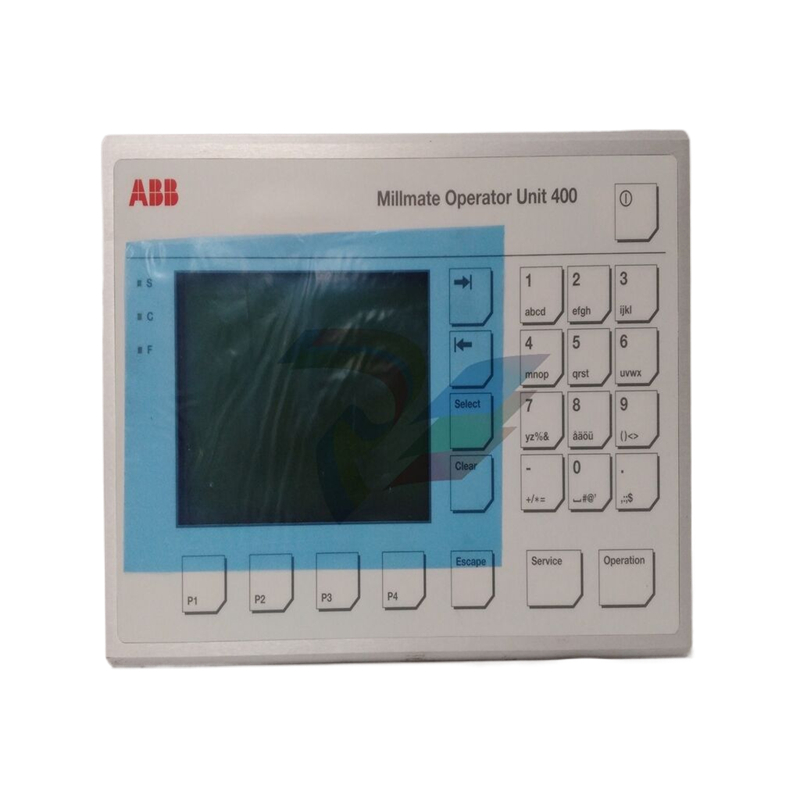
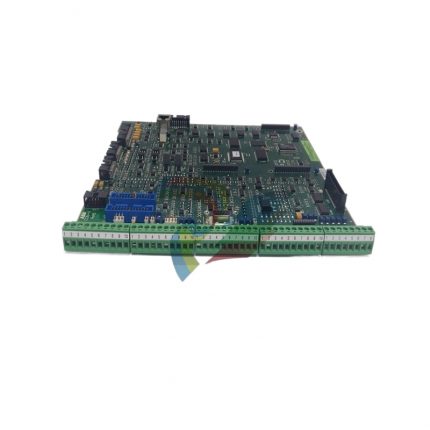
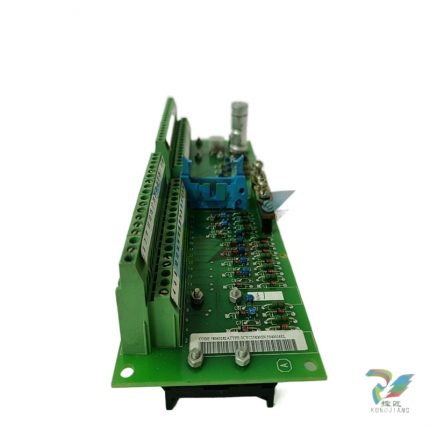




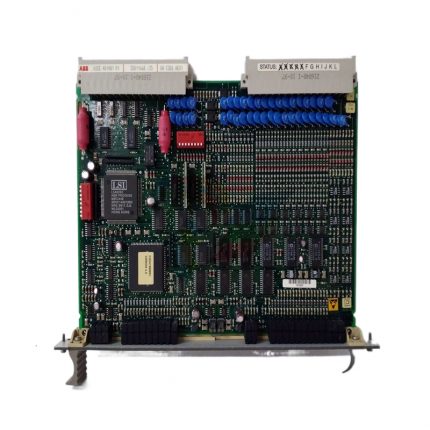

Reviews
There are no reviews yet.